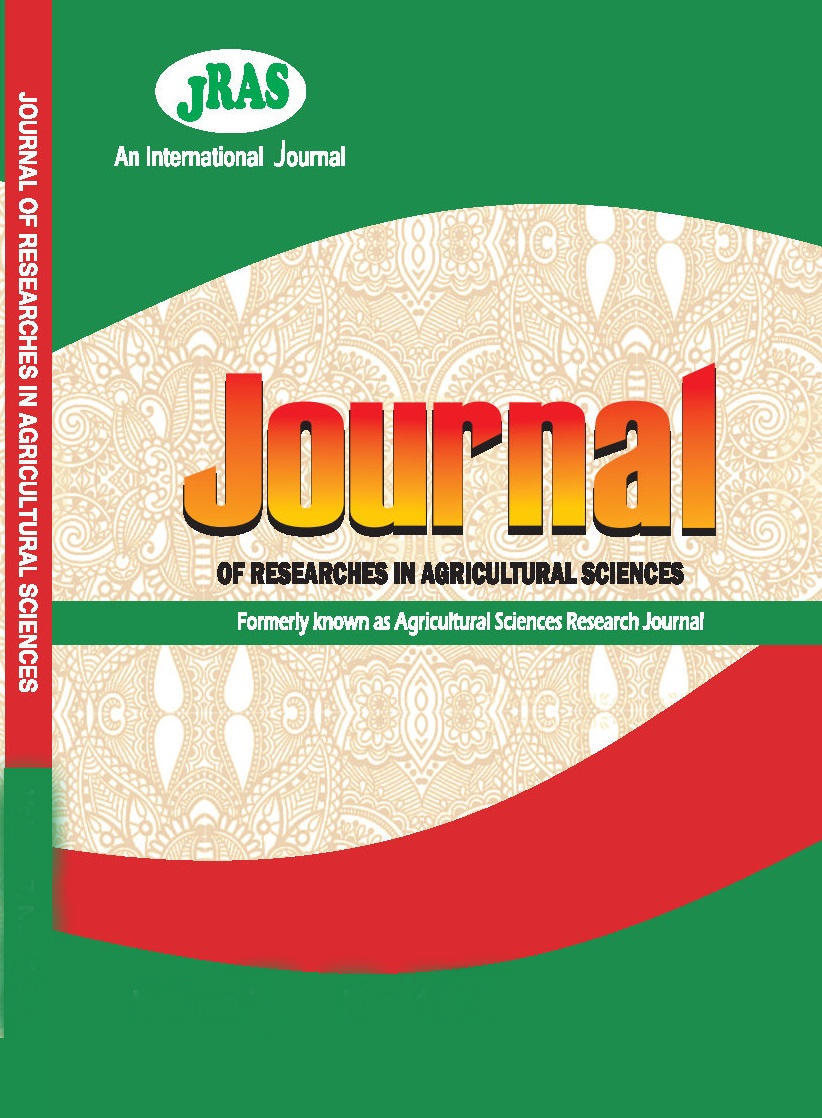Growth Performance and Carcass Characteristics of Captive Reared Grasscutter (Thryonomys swiderianus) under Three Feeding Diets
کلمات کلیدی:
Grasscutter, Captive, Carcass, Diets, Treatmentچکیده
The unsustainable use of natural resources has led to the destruction of habitats and the disappearance of some fauna species. These have encouraged the captive rearing and domestication of wildlife with huge potentials for meeting the food and nutrition security through an adequate supply of animal protein. The success of grasscutter (Thryonomys swiderianus) rearing relies on an adequate supply of nutritious diets. This experiment was conducted to evaluate the growth performance and carcass characteristics of three colonies of grasscutters fed
with three different diets. The diets consisted of basal 10% cassava root meal and 0, 50, and 90% of elephant grass (Pennisetum purpureum) and labeled Diets A, B, and C respectively and arranged in a completely randomized design. The animals were (4) four weaners (6 weeks old) each with an initial mean weight of 1172±7.82, 1178±8.52, 1171±9.14 g respectively for Diet A, B, and C. The final body weight and daily body weight gain of the animals differed significantly (p˂0.05) between the treatments being 2362±9.01, 2288±3.06 and 1821±10.08 g; and 5.5±0.03, 5.3±0.04 and 3.9±0.06 g body mass in Diets A, B and C respectively. The mean cold carcass weights were 1477±6.56, 1287±5.57 and 1037±7.55 g for the animals fed Diets A, B, and C respectively, which differed significantly (p˂0.05). Diets A and B supported the highest growth rate and carcass weight and were the most efficiently utilized by the animals leading to the production of the cheapest per unit carcass and can be recommended for the rearing of grasscutter in captivity.

